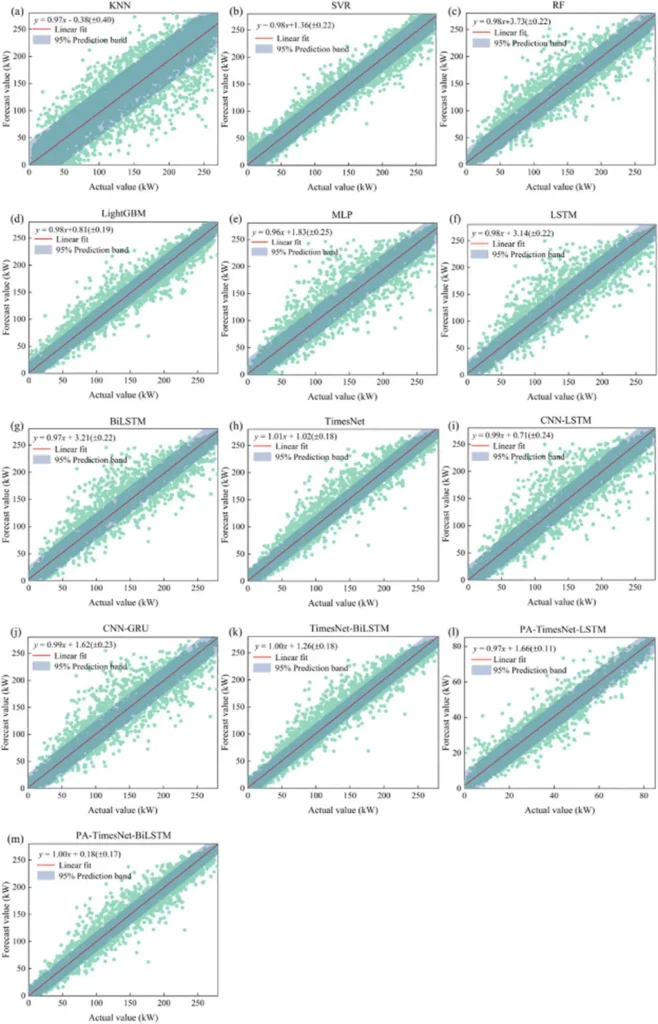In the rapidly evolving landscape of renewable energy, the accurate monitoring and prediction of solar photovoltaic (PV) generation are paramount for the efficient management of distributed energy resources (DERs). However, missing data due to sensor faults, communication failures, or environmental disturbances can pose significant challenges for distribution system operators (DSOs). A recent study published in the journal *Energies*, titled “Pattern-Aware BiLSTM Framework for Imputation of Missing Data in Solar Photovoltaic Generation,” offers a promising solution to this pressing issue.
Led by Minseok Jang from the School of Electrical Engineering at Korea University in Seoul, the research introduces a novel Pattern-Aware Bidirectional Long Short-Term Memory (PA-BiLSTM) model. This innovative framework combines a 1D convolutional module to capture local temporal patterns with a bidirectional recurrent architecture to model long-term dependencies. Unlike conventional convolution-based approaches, the PA-BiLSTM model is designed to handle realistic block–random missing scenarios, making it a robust tool for DSOs.
The study evaluated the model using 5-minute resolution PV data from 50 sites across 11 regions in South Korea. The results were impressive. For instance, with a time gap of one hour, the PA-BiLSTM model achieved a mean absolute error (MAE) of 0.0123, an R² value of 0.98, and an average mean squared error (MSE) reduction of around 15% compared to baseline models. Even under more challenging 4-hour gaps, the model maintained robust accuracy with an MAE of 0.070 and an R² value of 0.66.
“Accurate data imputation is crucial for the effective operation of DERs,” Jang explained. “Our model not only fills in the gaps but also ensures that the data is reliable and pattern-aware, which is essential for state estimation, optimal dispatch, and voltage regulation.”
The implications of this research are far-reaching. As the energy sector continues to integrate more renewable sources, the need for accurate and reliable data becomes ever more critical. The PA-BiLSTM model offers a significant advancement in this area, providing DSOs with the tools they need to manage distributed energy resources more effectively.
“This study provides robust evidence that accurate, pattern-aware imputation is a significant enabling technology for DER-centric distribution system operations,” Jang added. “It ensures more reliable grid monitoring and control, which is vital for the future of renewable energy integration.”
The research published in *Energies* highlights the potential of advanced machine learning techniques in addressing real-world challenges in the energy sector. As the world moves towards a more sustainable future, innovations like the PA-BiLSTM model will play a pivotal role in shaping the landscape of renewable energy management.

